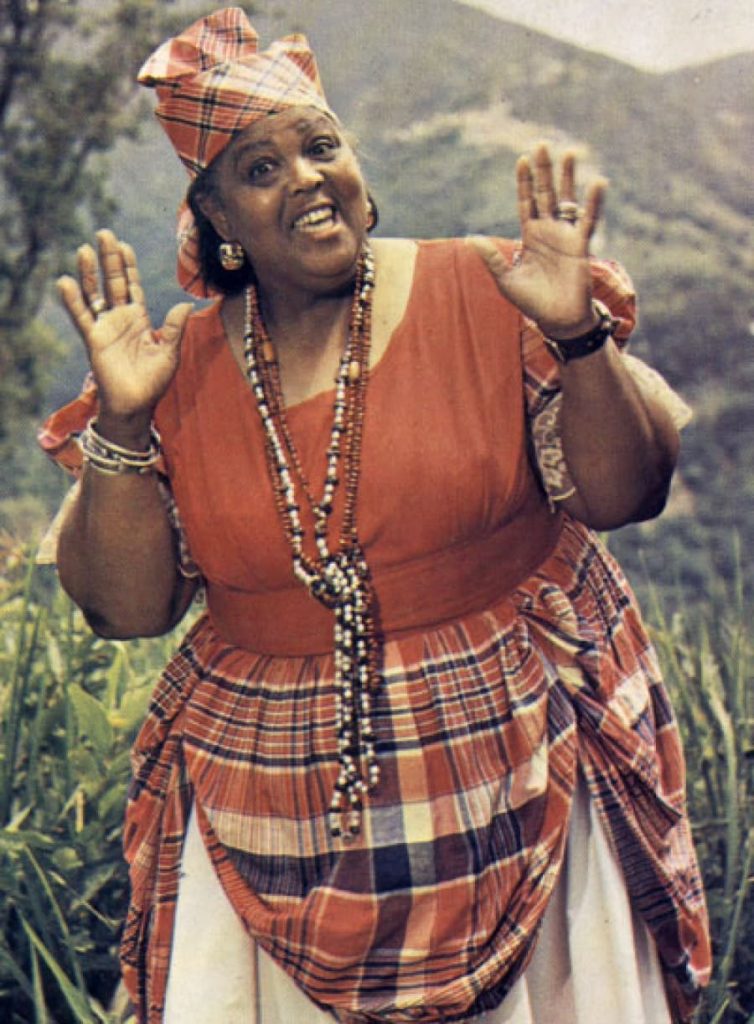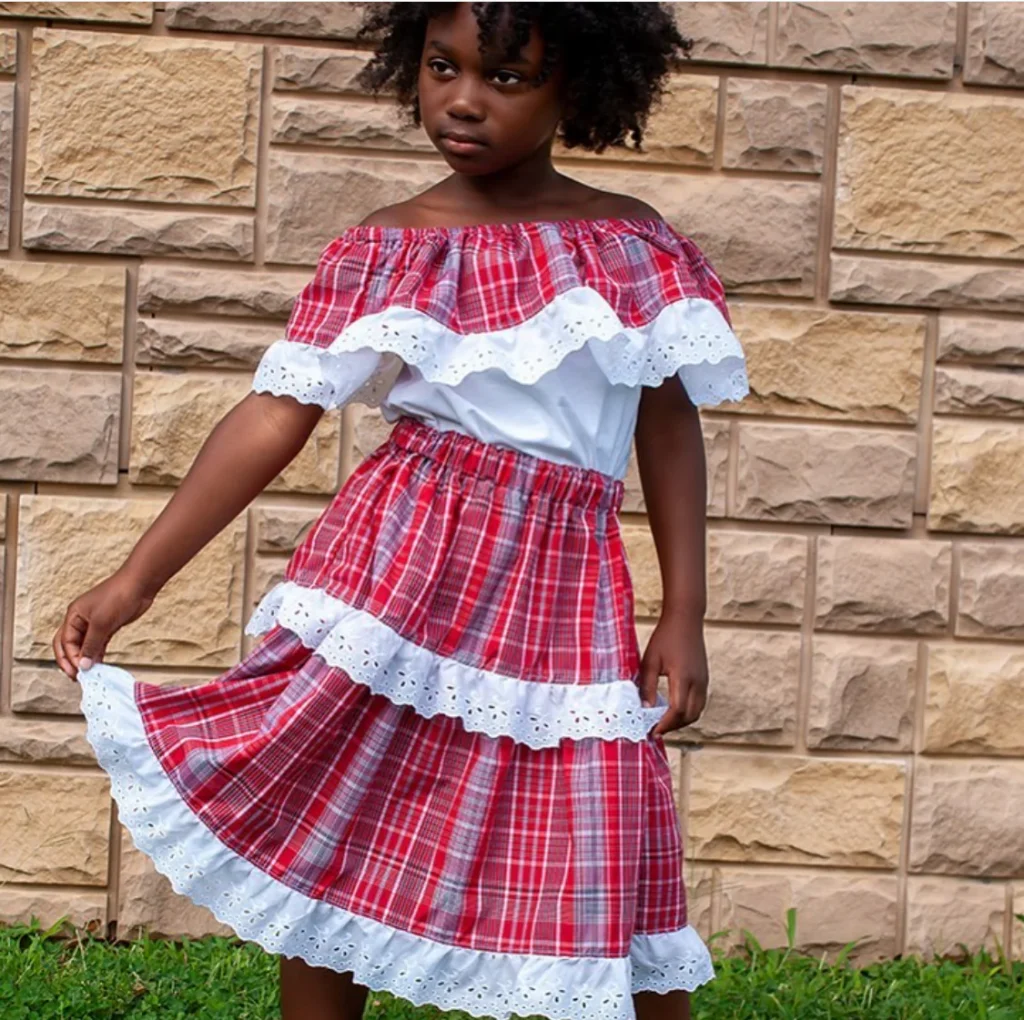When most people hear the word bandana, they picture a modern kerchief worn around the head or neck. But in Jamaica, the term refers to something far more culturally significant. Known locally as bandana, this vibrant plaid fabric has deep historical roots that trace back to Madras in eastern India (now Chennai). Though its journey began thousands of miles away, the cloth has been woven into Jamaica’s history and is now celebrated as a powerful symbol of national identity and heritage.
Bandhani cloth was originally made from silk or cotton, tied and dyed into vibrant patterns—typically white dots or shapes set against red or blue backgrounds. The word bandhani, derived from Urdu and Sanskrit, loosely translates to “tied.” Examples of this fabric date as far back as 4000 B.C.
Arrival in Jamaica
By the 19th century, under British colonial rule, India became a hub for textile production. British manufacturers began replicating the look of bandhani using plaid cotton, creating what we now recognise as the bandana. This fabric was lighter, cooler, and more affordable, which made it ideal for the tropical Caribbean climate. It was widely distributed throughout the British Empire, including Jamaica.
Initially worn by enslaved Africans and, later, by Black working-class women in Jamaica, the fabric became associated with labour, particularly among female vendors and market workers during and after slavery. Following emancipation, indentured labourers from India also contributed to the fabric’s presence in Jamaica, helping to popularise its use further across the island.
From Oppression to Pride
Although once linked to slavery and colonial subjugation, the bandana has since been reclaimed by Jamaicans as a symbol of strength, heritage, and pride. Over time, it moved beyond its early associations with toil and servitude and became embedded in folk culture, national celebrations, and creative expression.
Much of this transformation is credited to Louise Bennett-Coverley, affectionately known as Miss Lou. Her decision to wear bandana fabric during theatrical performances, poetry readings, and public appearances helped elevate the fabric from everyday wear to national iconography. Miss Lou’s influence remains one of the most important factors in the bandana’s cultural significance today.
 Miss Lou in full bandana outfit
Miss Lou in full bandana outfitNational Costume and Cultural Expression
A skirt and blouse ensemble made from bandana fabric, often trimmed with white cotton, is widely recognised as Jamaica’s National Costume. It is traditionally accompanied by a head tie, knotted with two peaks pointing backward—a style rooted in West African head wrapping traditions.
Two common types of plaid are associated with Jamaican bandana:
- The broader check pattern, popularised by Miss Lou and often referred to as Miss Lou bandana,
- And a finer plaid featuring red with accents of blue and black, which became widespread in the mid-20th century.
 Example of finer plain bandana- photo source:ackeetreeclothing.com
Example of finer plain bandana- photo source:ackeetreeclothing.comToday, the bandana fabric continues to play a key role in Heritage Week, Independence celebrations, and Emancipation Day, often worn by performers, students, and pageant contestants. It is also embraced by fashion designers who reimagine it in contemporary clothing and accessories, keeping the spirit of the cloth alive in both traditional and modern contexts.

 4 months ago
34
4 months ago
34
 English (US) ·
English (US) ·